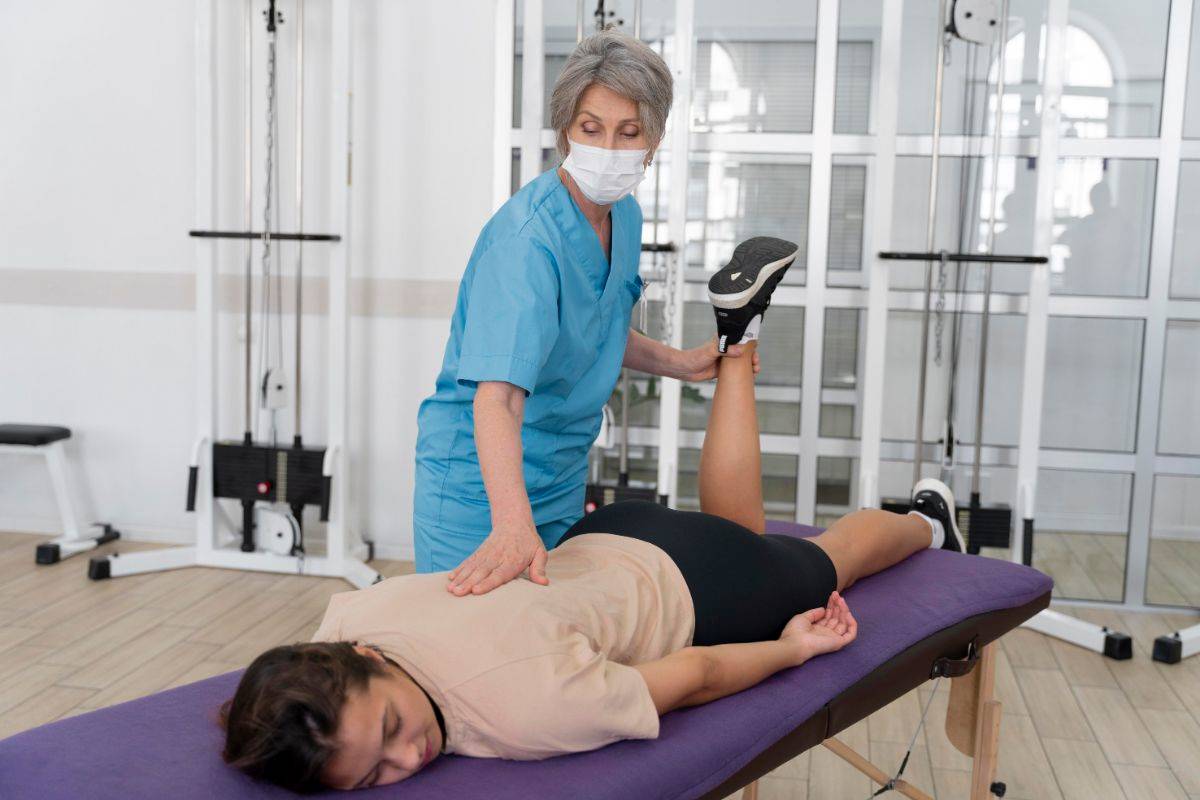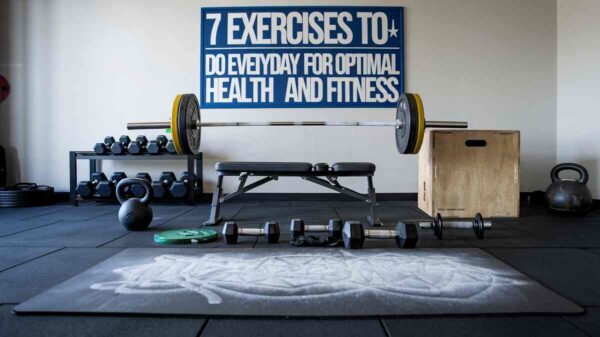Muscle Activation Therapy (MAT) is an advanced technique designed to improve muscle function by correcting imbalances and dysfunctions. Developed by Matthew Wright in the late 1990s, MAT focuses on the activation and optimal functioning of muscles to enhance overall physical performance, reduce pain, and support rehabilitation.
What is Muscle Activation Therapy?
Muscle Activation Therapy (MAT) improves muscle function by addressing specific imbalances and weaknesses. The approach is built on the idea that many muscle-related issues arise from neurological and mechanical dysfunctions. MAT seeks to restore muscles to their total functional capacity, which can significantly improve movement patterns and alleviate discomfort.
Core Concepts of MAT
MAT revolves around several fundamental principles. The therapy focuses on activating muscles that are not functioning optimally. This process often involves muscle testing to identify weaknesses or imbalances. The technique also emphasizes the importance of neurological integration—improving the communication between the nervous system and muscles to ensure they work together effectively. Ultimately, MAT aims to restore muscle function and reduce pain by addressing these underlying issues.
How Muscle Activation Therapy Works
Assessment and Evaluation
The first step in MAT involves a detailed assessment to identify muscle imbalances and weaknesses. Practitioners conduct muscle tests to measure strength and response by applying resistance to specific muscles. They also analyze posture and movement patterns to uncover compensatory behaviors or alignment issues affecting muscle function. Functional movement screening is used to observe how muscles work together during complex actions, helping to reveal any problems that might not be apparent in isolated tests.
Treatment Techniques
MAT employs a range of techniques to address identified muscle issues. Manual muscle activation involves applying targeted pressure and resistance to specific muscles to stimulate their function. Neuromuscular reeducation techniques focus on retraining the nervous system to improve muscle coordination and function. Custom exercises are prescribed to strengthen underactive muscles and stretch overactive ones. Soft tissue therapy, such as myofascial release, may also alleviate tightness and discomfort in the muscles and surrounding tissues.
Monitoring Progress
Progress in MAT is tracked through regular reassessments and patient feedback. Practitioners periodically retest muscle strength and functional movement to gauge improvements. Patient feedback on symptoms and overall function helps guide the therapy and make necessary adjustments to the treatment plan.
Benefits of Muscle Activation Therapy
Muscle Activation Therapy (MAT) delivers various significant benefits by correcting muscle imbalances and enhancing overall muscle function. Here’s an overview of how MAT can positively impact physical health and performance:
Pain Relief and Improved Function
MAT effectively alleviates chronic pain by addressing underlying muscle imbalances contributing to discomfort. MAT can significantly reduce pain and enhance mobility by restoring proper muscle function and correcting dysfunctions. This approach improves movement patterns and overall comfort in daily activities.
Enhanced Muscle Strength and Power
MAT enhances muscle strength and power by focusing on activating underactive muscles and correcting imbalances. This improvement translates into excellent stability and performance, benefiting athletes and individuals engaged in physically demanding activities. The therapy helps optimize muscle function for better physical conditioning.
Better Posture and Alignment
MAT addresses muscle imbalances that lead to poor posture and misalignment. MAT promotes better spinal alignment and overall posture by improving muscle function and coordination. This enhancement reduces strain on muscles and joints, contributing to long-term health and better physical appearance.
Increased Range of Motion and Flexibility
MAT enhances range of motion and flexibility through targeted activation and stretching exercises. This benefit is beneficial for those with restricted movement due to muscle tightness. Improved flexibility supports more fluid and efficient movement, making daily tasks and exercise routines more comfortable.
Support for Rehabilitation and Injury Prevention
MAT supports rehabilitation by addressing muscle imbalances that hinder recovery from injuries or surgeries. It helps in faster recovery and complements traditional rehabilitation methods. Additionally, MAT reduces the risk of future injuries by improving muscle function and coordination, enhancing overall physical resilience.
Applications of Muscle Activation Therapy
MAT is versatile and can be applied in various settings. Sports and athletic performance help athletes enhance performance, address muscle imbalances, and prevent injuries. MAT also benefits general health and wellness, particularly for those with chronic pain or postural problems. By focusing on muscle function and imbalances, it complements physical therapy, chiropractic care, and orthopedic rehabilitation in clinical settings.
Comparing Muscle Activation Therapy with Other Therapies
MAT vs. Traditional Physical Therapy
While traditional physical therapy often focuses on exercises and stretches, MAT specifically targets muscle activation and neurological integration. MAT uses unique muscle testing and manual techniques, whereas physical therapy may include a broader range of modalities.
MAT vs. Massage Therapy
Massage therapy primarily aims to relieve muscle tension and promote relaxation. In contrast, MAT focuses on improving muscle function and activation through targeted techniques. Although both therapies can alleviate discomfort and enhance muscle function, MAT is more specialized in addressing activation issues.
MAT vs. Chiropractic Care
Chiropractic care focuses on spinal alignment and overall musculoskeletal health, using spinal adjustments and manipulations. MAT, on the other hand, explicitly addresses muscle function and imbalances. MAT can complement chiropractic care by improving muscle activation and supporting overall musculoskeletal health.
Getting Started with Muscle Activation Therapy
Finding a qualified practitioner is essential to beginning muscle activation therapy (MAT). Look for professionals with specialized training & certification in MAT. An initial consultation will allow you to discuss your concerns and explore treatment options. During sessions, practitioners will assess your muscle function & develop a personalized treatment plan, which may consist of manual activation techniques and prescribed exercises. Regular follow-up sessions help monitor progress and adjust the treatment plan as needed.
Practitioners may recommend home exercises and lifestyle adjustments to support muscle function for ongoing maintenance. Regular upkeep sessions can also help sustain the benefits achieved through therapy.
Conclusion
Muscle Activation Therapy offers a specialized approach to improving muscle function and addressing imbalances. MAT helps relieve pain, enhance performance, and support rehabilitation by focusing on muscle activation and neurological integration. Whether you’re an athlete seeking to optimize your performance or seeking relief from chronic pain, MAT can provide valuable benefits. Finding a qualified practitioner and staying committed to self-care will help you achieve the best results from this innovative therapy.

















